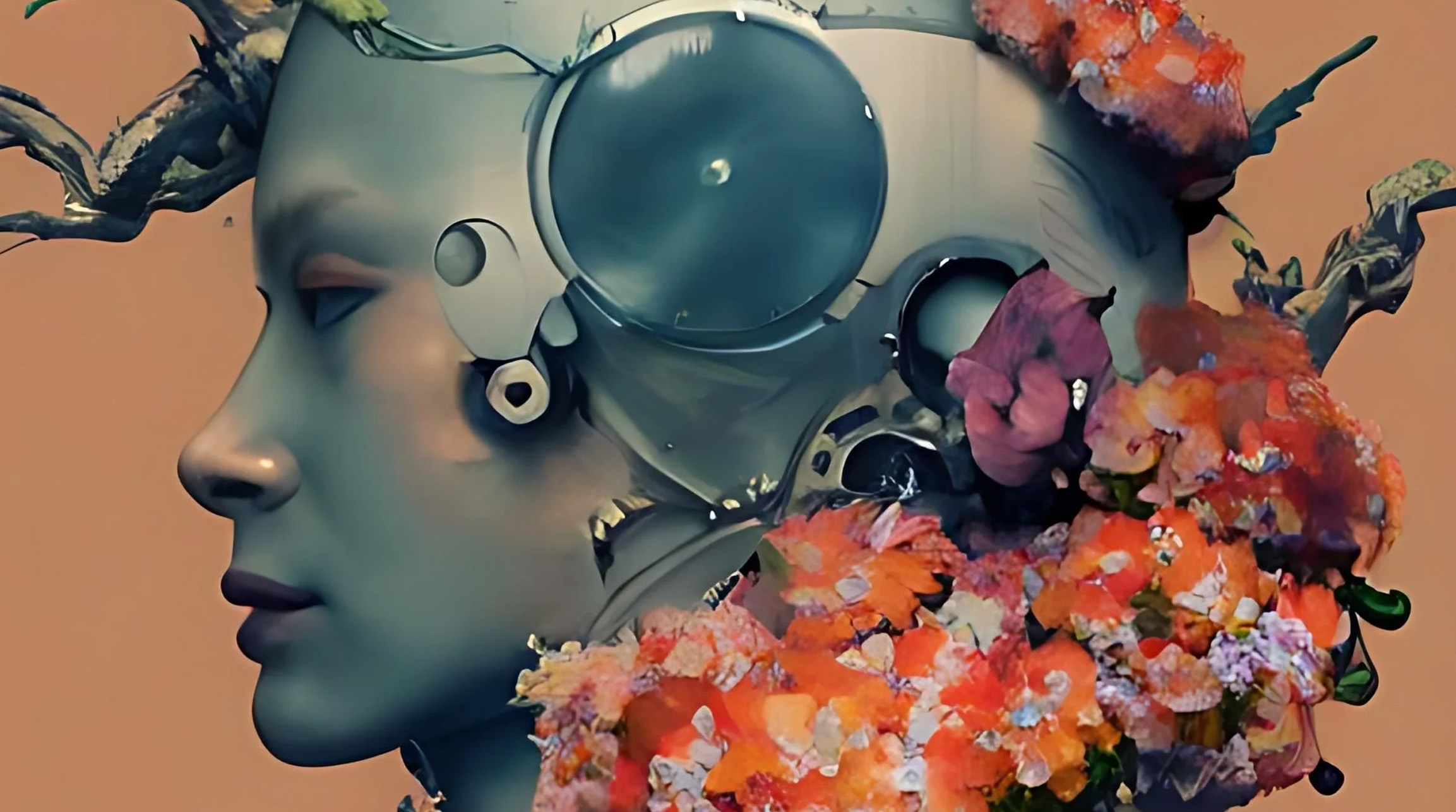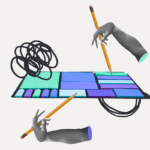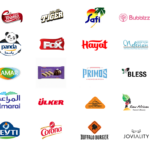Social media design has come a long way since its inception, and it looks like there is no sign of innovation slowing down. As technology continues to evolve, so too does the social media design industry.
Social media design trends are constantly changing and evolving. From the rise of minimalism to the emergence of 3D design, there is always something new to look forward to. So what can we expect for social media design trends in 2023? Let’s take a look at the most likely possibilities.
AI-Generated Art
AI generated art is expected to be a revolutionary concept in 2023 and to to be embraced by designers, architects, and other creative professionals.
- Advertisement -
You might have noticed that that the featured image of this article is already created by AI Art tool!
The term “AI-generated art” may sound like something out of a science fiction movie, but it’s actually real and quickly gaining traction. For those unfamiliar with how this type of artworks, it is created through artificial intelligence (AI) algorithms that create images according to certain parameters set by the artist.
AI-generated art works by using algorithms to construct images or visual representations based on certain criteria set by a human artist or designer. This criteria can range from simple parameters such as colors and shapes to more complex concepts such as emotion or atmosphere.
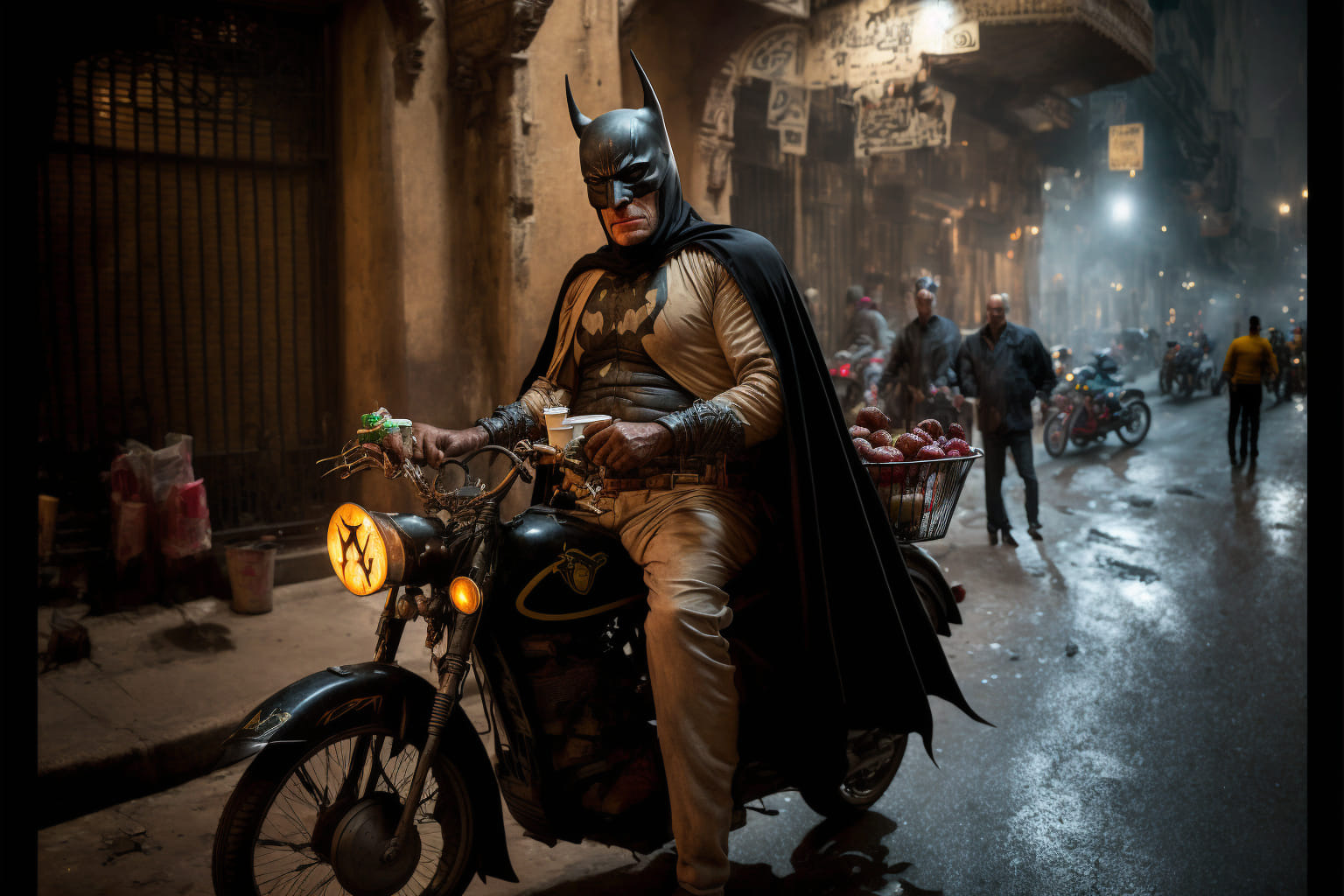
The main benefit of using AI-generated art is that it saves time and energy for creative professionals who would otherwise have had to spend countless hours designing visuals from scratch. Using an algorithm also allows for much more precise control over what exactly goes into each image.
Additionally, AI-generated art can also be used in 3D modeling applications which enables designers and architects to quickly create realistic models with greater detail than ever before.
Visual Storytelling
Visual storytelling is one of the most powerful tools a designer has in their arsenal. In 2023, designers expect to use visual elements more effectively than before, creating immersive stories that draw users into their content.
The brain can identify images after as little as 13 milliseconds, far less time than it takes us to recognize and interpret verbal communication.
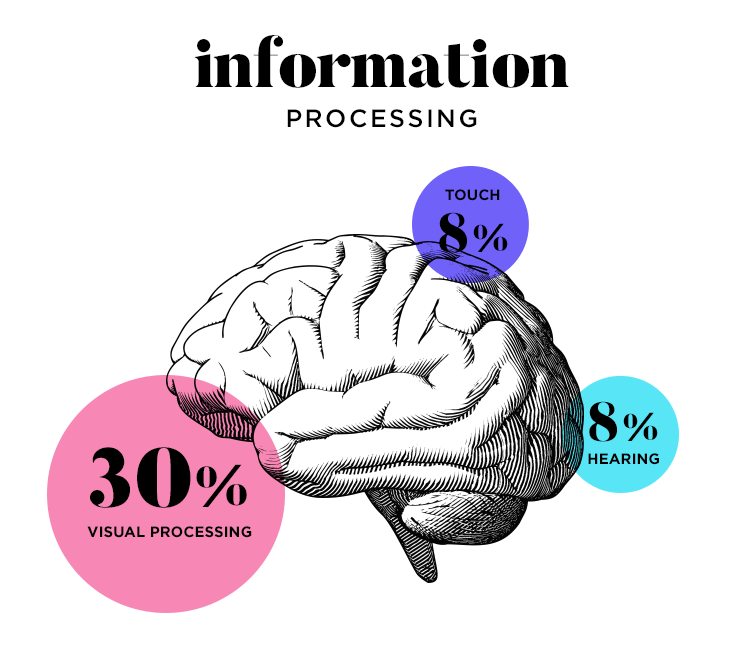
Visual storytelling could include creative uses of video and animation, interactive elements such as quizzes and polls, or simply playing with scale and perspective.
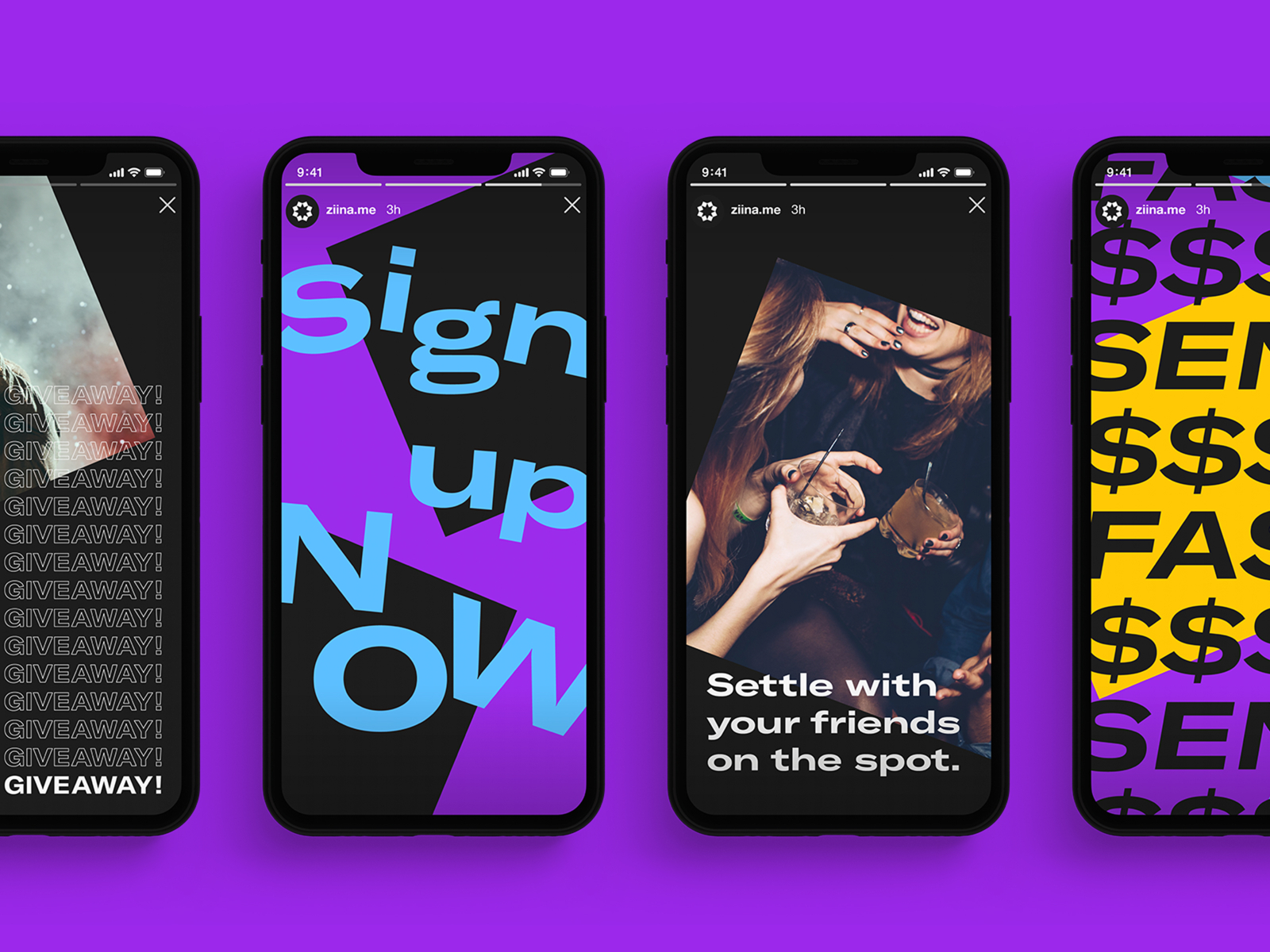
Visual stories perform well on the metrics measured by most content teams. They typically do a better job of keeping the reader’s attention. This means readers spend more time on the page a nd are more likely to click through to other content. Visual stories are also great for sharing on social media platforms.
3D Animation
3D art (also known as CGI) has been widely used in movies, commercials, and other forms of entertainment for years now. But recently it has made its way into the world of social media design, thanks in part to platforms like Instagram that now offer 3D stickers and filters. We’re likely to see even more widespread use of 3D art as technology advances over the next few years.
3D animation has been on the rise for some time now, and it looks like it will continue to be popular in 2023 as well. This type of animation is often used to create engaging visuals for social media posts, as well as videos and ads.
With 3D animation, you can create realistic-looking images that draw viewers in with their lifelike qualities. It also allows designers to add more depth and dimension to their designs than they could with traditional 2D artwork.
2D/3D MASHUP Design Principles
The beauty of 2D/3D MASHUP design lies in its ability to combine two seemingly disparate elements into one cohesive piece of art. To do this, designers need to have an understanding of both 2D and 3D design principles.
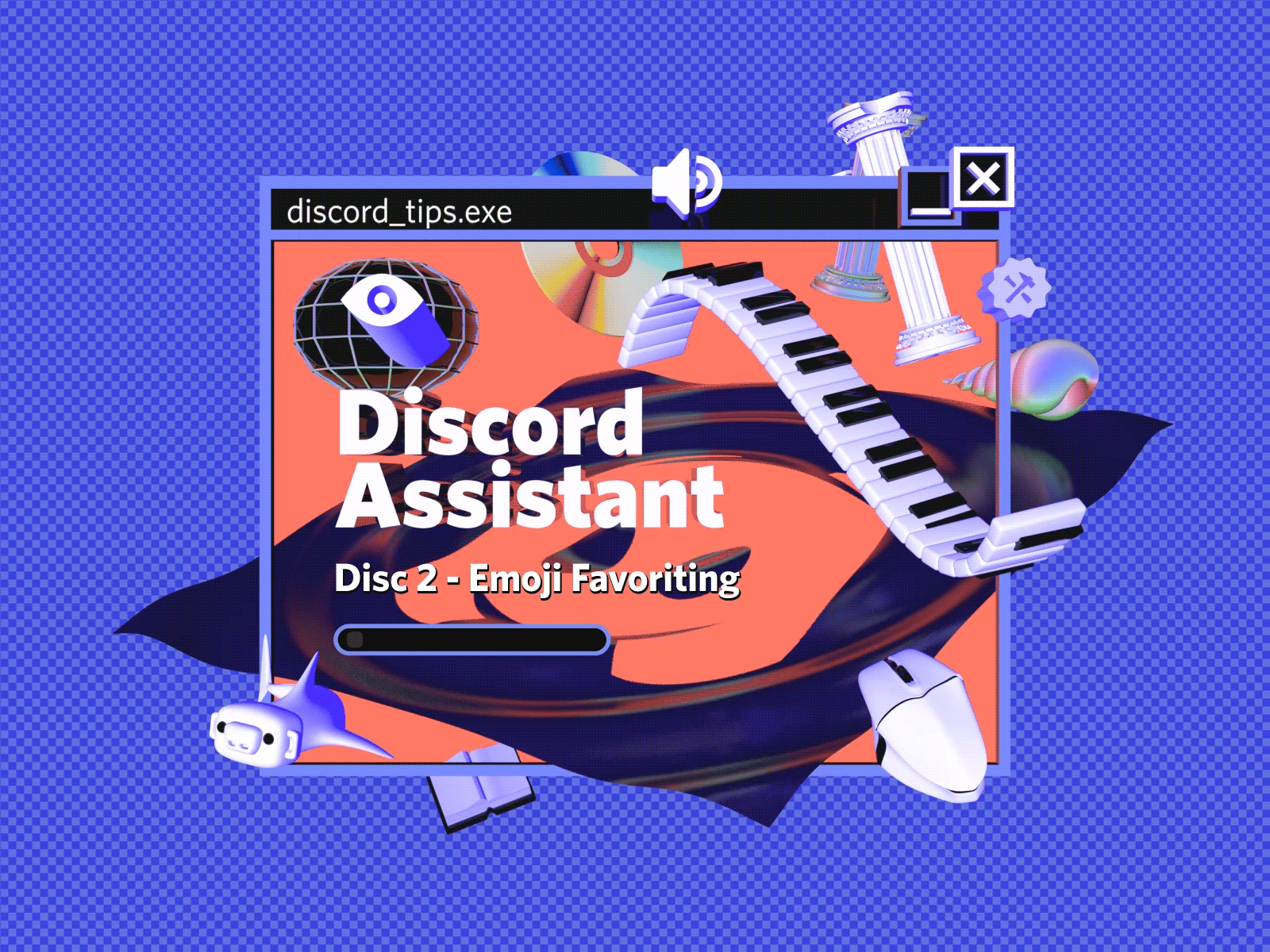
On the 2D side, they should understand basic principles such as color theory, typography, composition, balance, contrast, texture, form, and light/shadow play. On the 3D side they should understand principles such as depth perception and texture mapping. By mastering both aspects of design they can create designs that blend these two elements together seamlessly while still retaining their individual characteristics.
Custom Typography
The use of custom typography will also be a major trend in 2023. As designers become more creative with typefaces, they are creating unique fonts that truly represent their brand or message.
For example, FIFA World Cup Qatar 2022 Font This font was designed with details that symbolize the Qatari heritage with global touches.
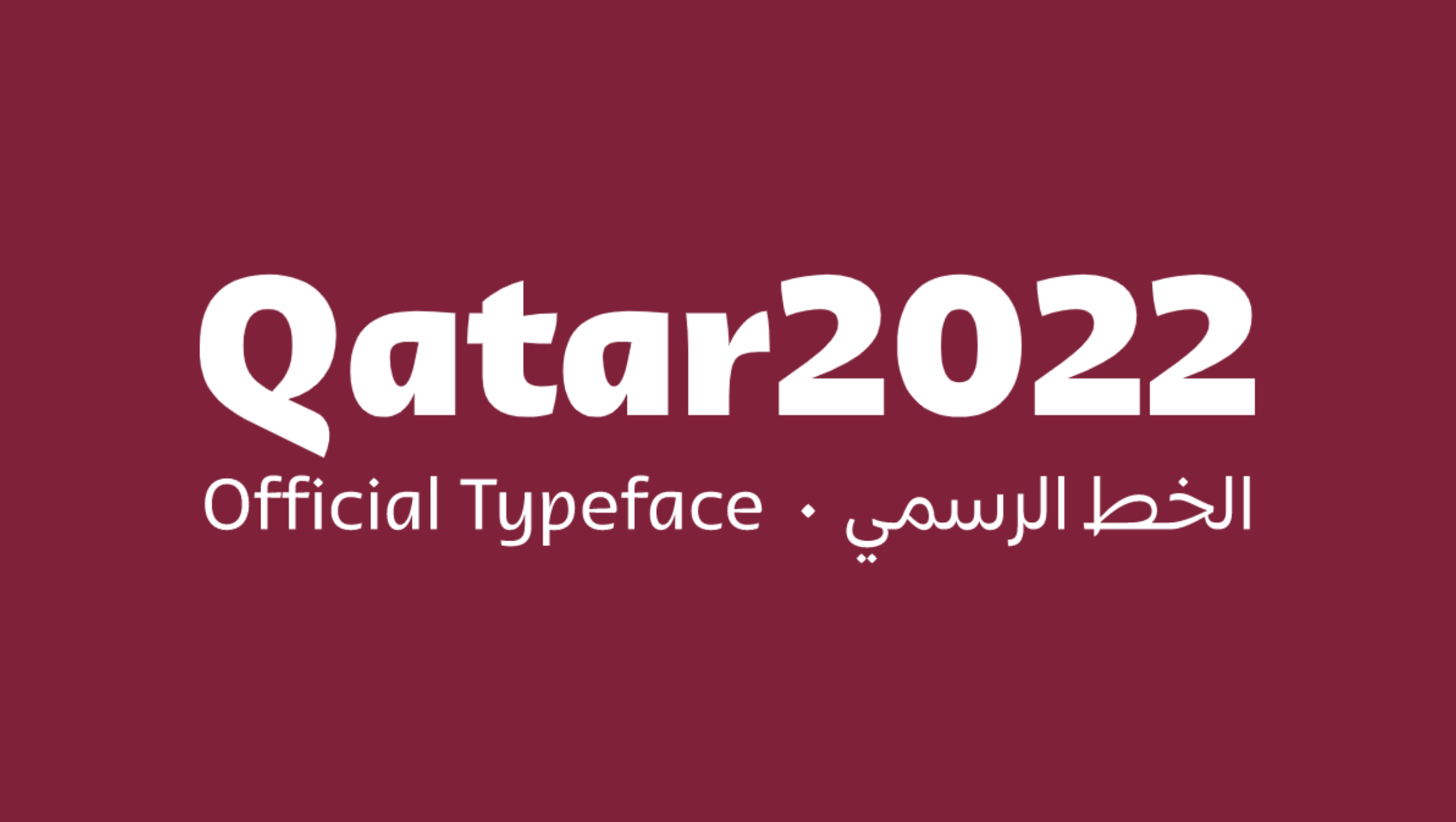
Custom typography is a great way to draw attention to your posts and stand out from other brands on social media platforms. Not only does it make your posts more eye-catching, but it also helps establish your identity as an individual or business.
90s Nostalgia
The revival of 90s nostalgia has become one of the hottest trends in art and design today. This design trend is not new. However, the 1990s designs have made a strong comeback in 2022 and expected to continue to evolve more in 2023.
There are several reasons why this trend has become so popular with art directors and designers today. For starters, many people who grew up in the ‘90s have fond memories of some of their favorite childhood shows or movies, which can evoke strong feelings of nostalgia when seen again.
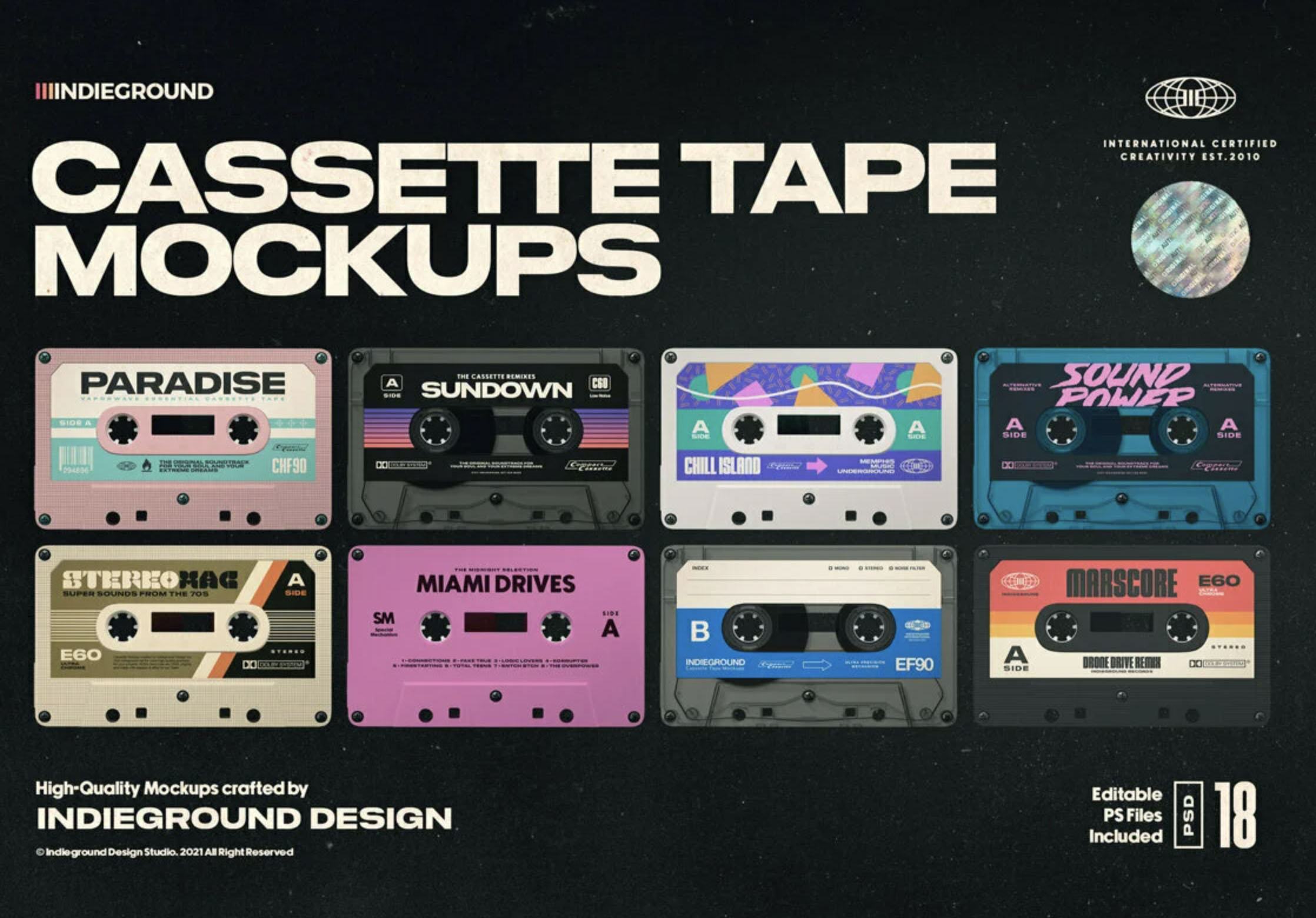
Additionally, as technology improves and becomes more advanced, there’s an appetite for simpler visuals from the past which can add an element of charm or nostalgia to a project that modern designs can sometimes lack. Also, these retro elements have a unique way of standing out from other projects due to their familiarity; even if someone doesn’t remember watching a certain show or movie from the ‘90s, they can still recognize it as something distinctively different from what we see in 2023.
Interactive Content
Interactive content is becoming increasingly popular on social media as users seek out new ways to engage with brands and content creators on a deeper level.
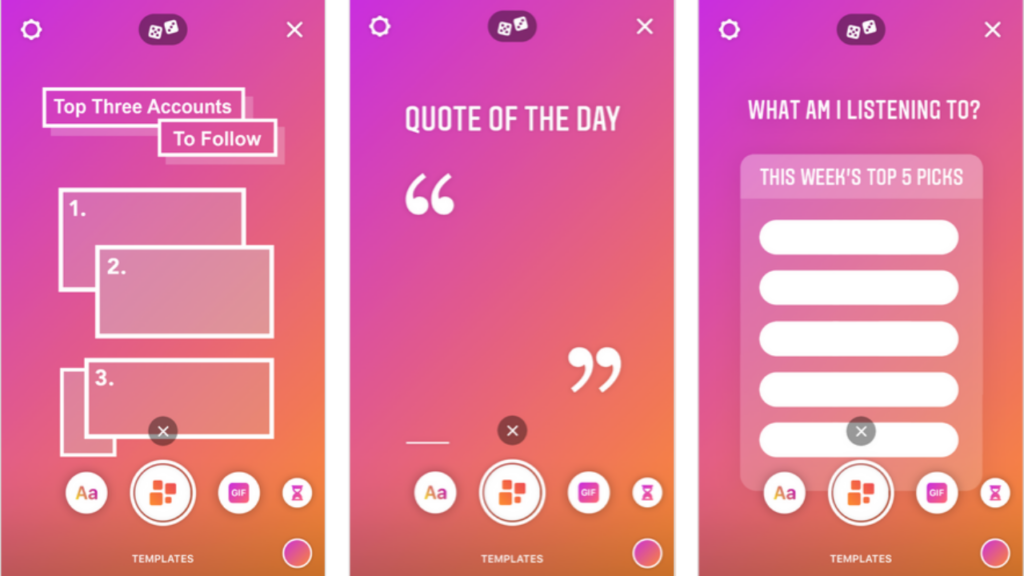 Interactive posts such as polls, quizzes, games, and surveys are a great way to engage your audience while providing valuable insights into their interests and preferences.
Interactive posts such as polls, quizzes, games, and surveys are a great way to engage your audience while providing valuable insights into their interests and preferences.
In 2023, we’ll likely see an explosion of interactive content as brands continue to explore new ways to connect with their audiences online.
Anti-Design
As you take a peek into the future of social media design, it’s exciting to think about all the possibilities. In 2023, we’re already seeing an interesting new trend amongst designers: anti-design.
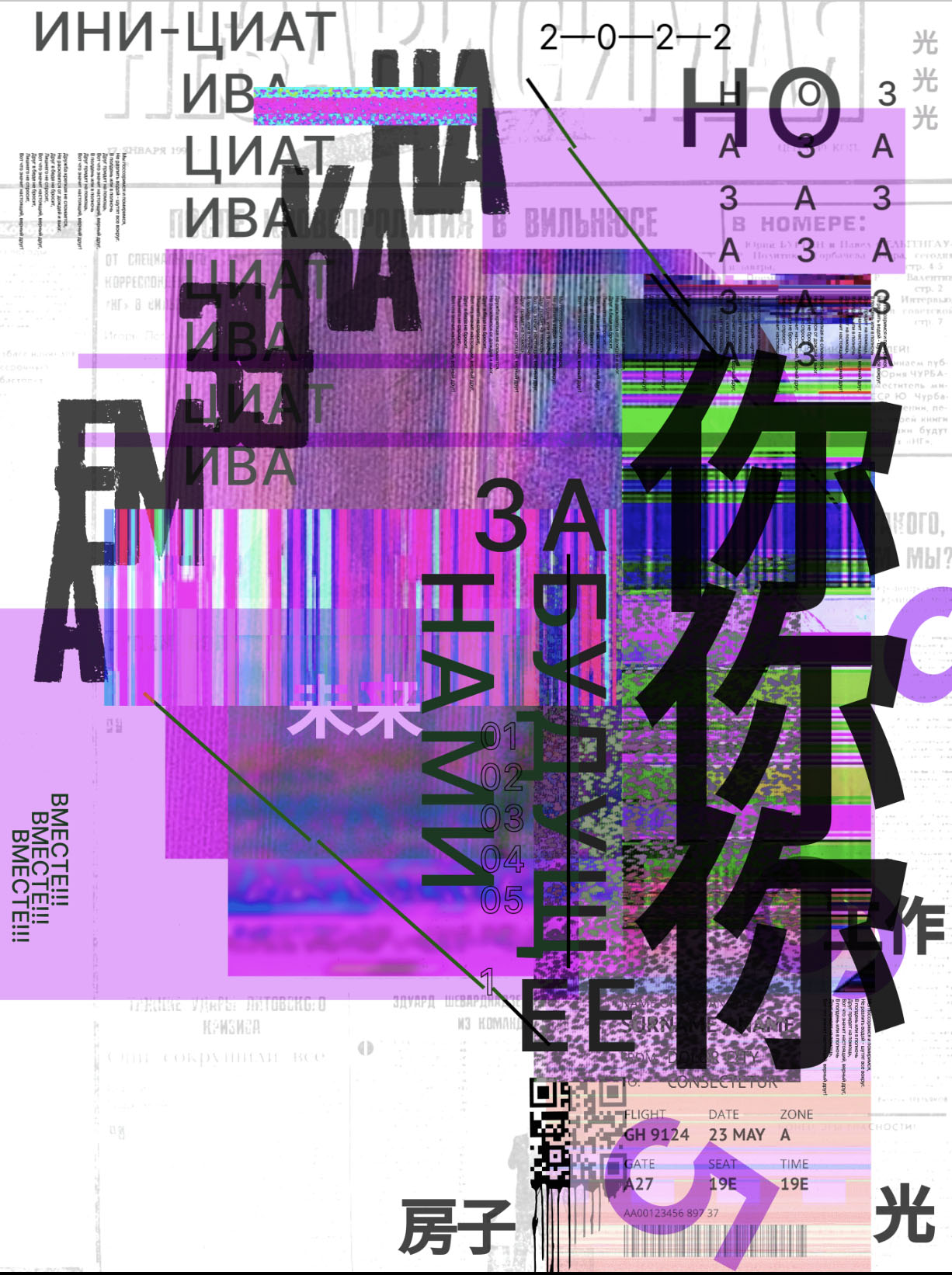
From muted palettes and minimalism, to unique content designs that counter conventional trends in digital spaces, this is one trend you can’t ignore when planning for your next big project.
Minimalist Design
Finally, minimalist design will continue to be popular in 2023 as well. Users will want to see less content, and more whitespace. Minimalism has become the go-to style for many social media accounts because it allows users to communicate their message without being too overwhelming or cluttered.
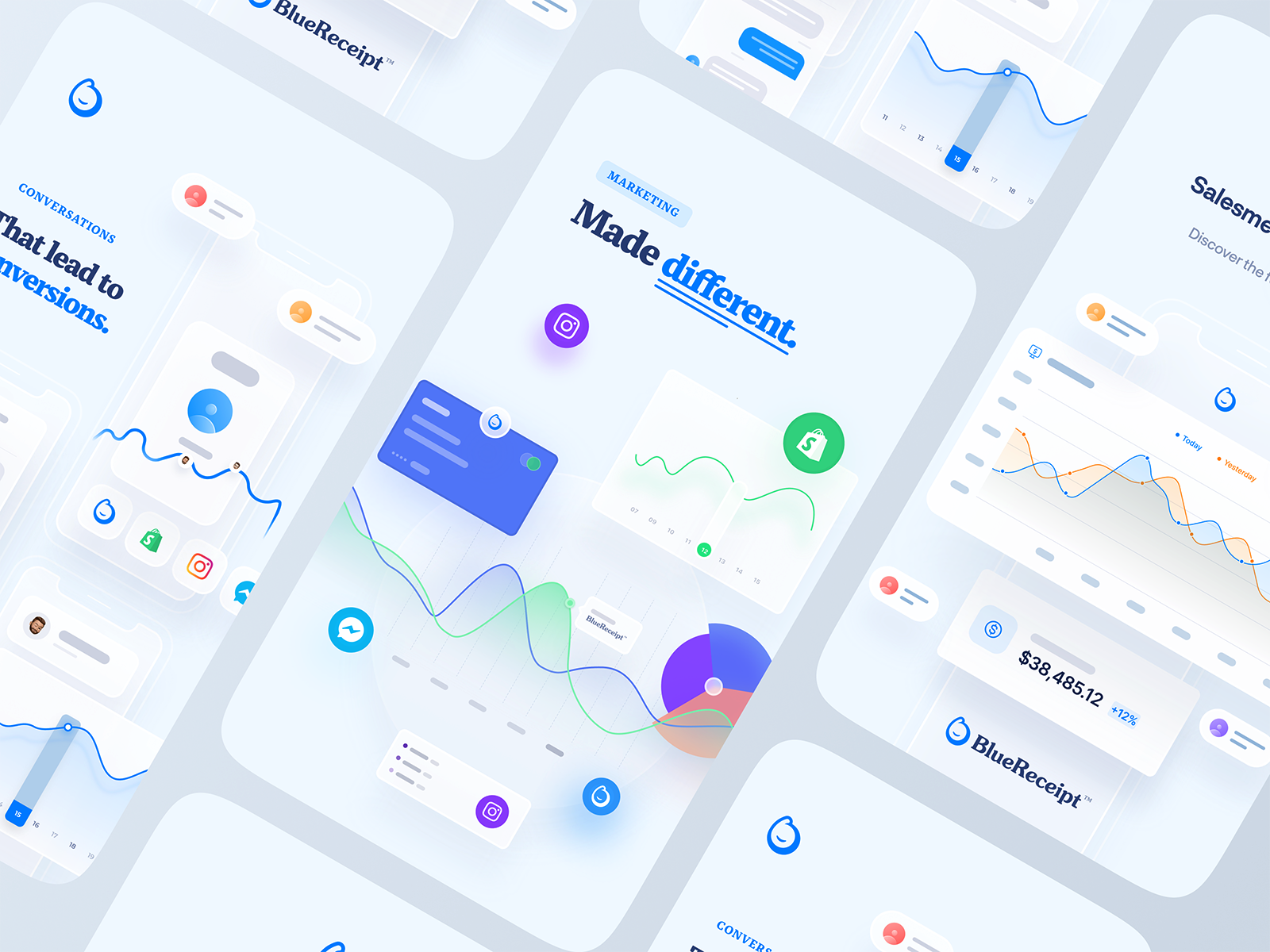
Minimalist designs often feature clean lines and minimal colors, which makes them perfect for small screens such as phones and tablets. Not only do these designs look great on any device, but they are also incredibly easy to navigate and understand quickly.
Uncertainty and Creativity
As technology continues to evolve at breakneck speeds, so too does the world of social media design. In 2023, we can expect 3D animation, custom typography, and minimalist designs all making appearances across various platforms—allowing us greater freedom when it comes to expressing our creativity while still staying true to our brand messages!
Art directors and designers should keep an eye out for these upcoming trends if they want their work stand out from the crowd!
